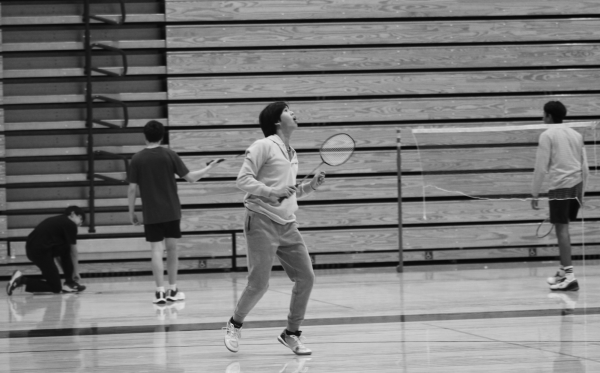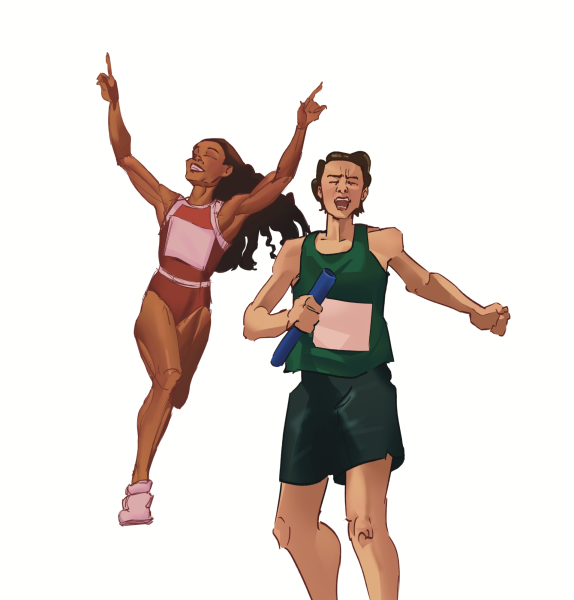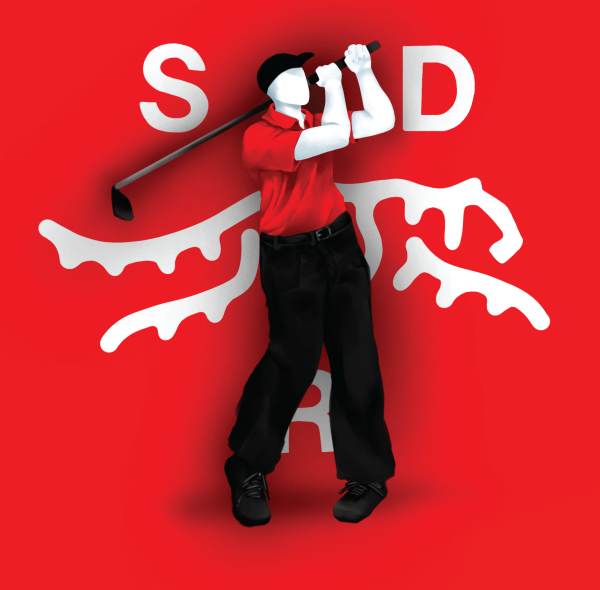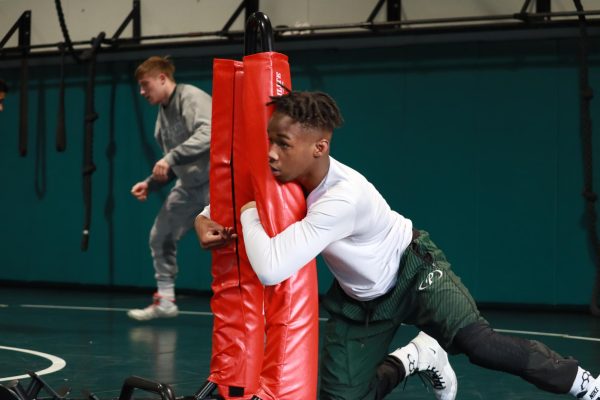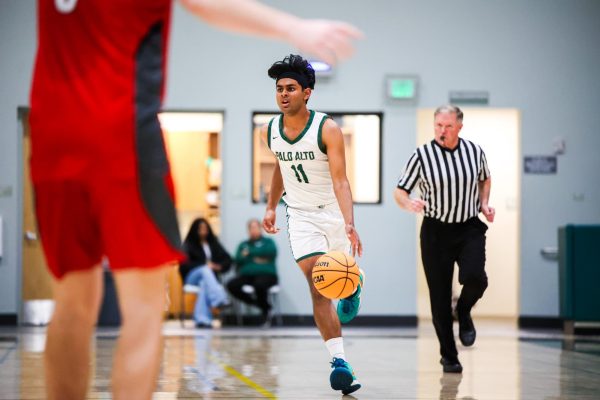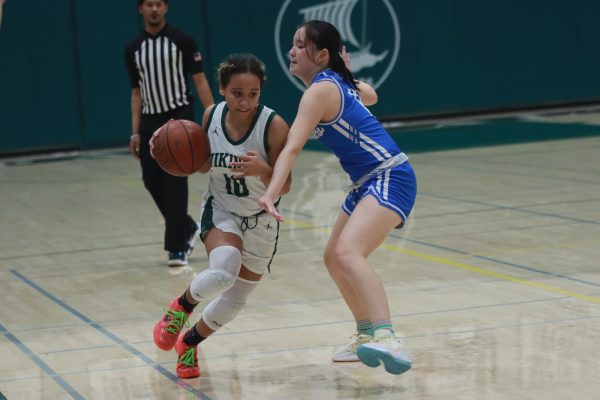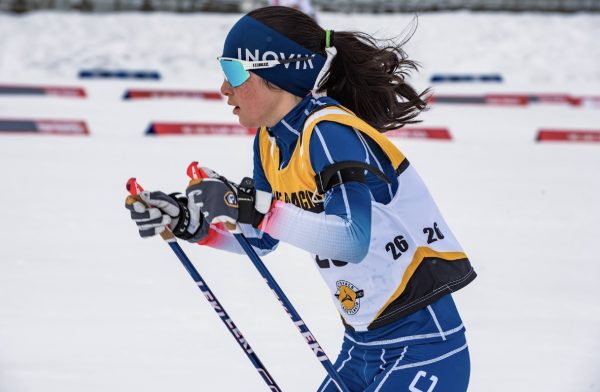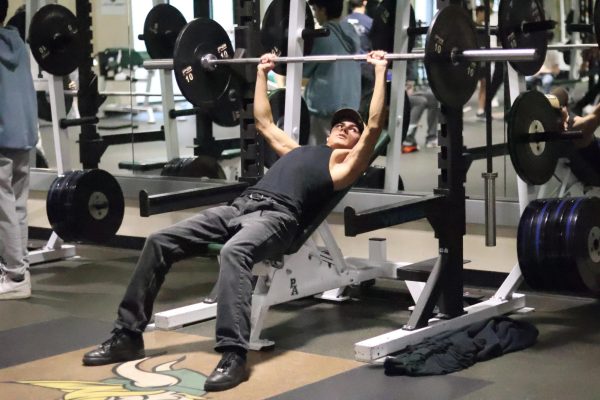New Stanford center to focus on sports related concussions
Jamshid Ghajar leads Stanford’s new Concussion and Brain Health Center in their efforts in combating athlete concussions
On Oct. 1, Tom Cutinella, a sixteen year old high school football player from Shoreham-Wading River High School in New York, died following a collision with an opponent. Cutinella was rushed to the hospital after suffering a head injury. He died during emergency surgery, becoming the third high school football player to die in the past week. Concussions and brain trauma injuries have received increased attention in recent years as physicians better understand the severity of the injuries and try to prevent them from happening in the future.
As defined by the Mayo Clinic, a concussion is “a traumatic brain injury that alters the way your brain functions.” Concussions most often result from a blow to the head but can also occur when the body is violently shaken. Athletes participating in contact sports, particularly football and basketball, tend to be more susceptible to concussions.
The rate of concussions has shot up in the past decade, primarily because new research has allowed athletic trainers to better identify when an athlete is suffering from a concussion. Although many concussions continue to go unnoticed and untreated, physicians hope that increased awareness will educate athletes to be cautious while participating in contact sports, especially those athletes who have suffered from multiple head injuries.
Stanford University recently opened a brand new Concussion and Brain Health Center, led by neurosurgeon Jamshid Ghajar. Ghajar, who is also an original founder and the President of the Brain Trauma Foundation, has focused their research on defining the condition which affects so many athletes nationwide.
“The real problem is that nobody has really stuck their teeth into what is a concussion,” Ghajar said. “Even if you come up with a really good diagnostic [test], you don’t know what the condition is.”
Ghajar and his team have made significant strides in understanding brain trauma. People who experience brain injuries are likely to appear dazed and out of sync, and Ghajar points out that this is because the person is in a reactive state that delays their processing and responding to certain events.
“That’s not a good place to be, because you’re behind time,” Ghajar said. “You want to be in real time. Right now we know that people that are disoriented after a hit to the head or force to the head have problems with balance, simple reaction time and working memory.”
Ghajar uses eye movement in order to evaluate whether a person is in a reactive state. He developed an eye tracking test that has a dot revolving around a circle. People without concussions are able to predict where the dot is going to be, but a person with a concussion will have terrible timing and their eyes will jump all over the place.
Additionally, Ghajar has worked closely with the military to improve testing and understanding of brain trauma, studying five thousand military members at Fort Hood. He and his team have also worked with students from middle schools and high schools in the Palo Alto area, including Menlo School and Sacred Heart Preparatory School, to be part of studies that involve baseline testing of athletes.
Although concussions can happen to anyone, middle school and high school athletes have the highest rate of concussions in sports. Ghajar mentioned several precautions that athletes can take in order to decrease their susceptibility to a concussion. He says that athletes need to be paying attention while playing their sport, which includes getting enough sleep and being at practice to know what to expect when games begin. He also mentioned neck strengthening exercises as a way to prevent concussions.
“A lot of [athletes] study really hard and stay up late,” Ghajar said. “You’re sleep deprived, and that’s a bad situation to be in because then you have problems paying attention and you are very prone to injury.”
Ghajar encourages any athlete that experiences a head injury to visit Stanford’s Concussion and Brain Health Center, where they will receive the newest and latest treatments including eye tracking and high end brain images using MRI to diagnose and treat their injuries.
Athletes should not be discouraged from participating in sports, but it is important that they are safely protected, as these injuries to the brain can be life altering. Medical research involving head injuries has made significant advances in past decades, and society is continuing to move in the right direction in combating head injuries and preventing tragic events such as the death of Tom Cutinella.
Your donation will support the student journalists of Palo Alto High School's newspaper


